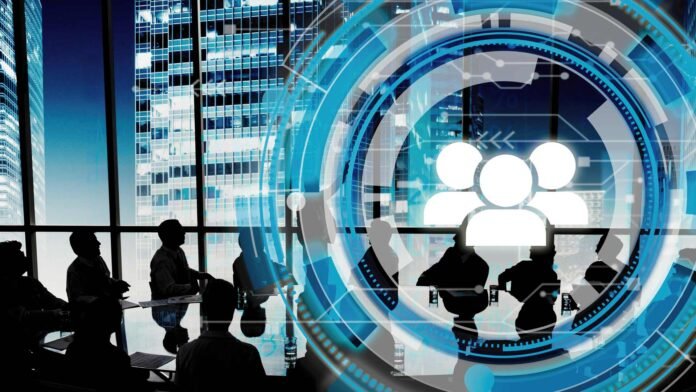Expert Round-Up on Navigating the Workforce Landscape in 2025
The workplace landscape is rapidly evolving and is driven by demographic shifts, technological advancements, and socio-economic factors. Looking to the future, industry experts weigh in on how organizations can navigate these changes effectively.
Therefore the need of the hour is to address the global talent shortage through Gen Z recruitment strategies, leveraging AI for candidate engagement, and future-proofing benefits to redefining DEI initiatives, these insights provide a roadmap for the workplace of tomorrow.
In today’s HRTech Cube article, we will capture expert perspectives, supported by statistics and predictions, to help organizations thrive in an ever-changing environment.
Table of Contents
1. Navigating Gen Z Expectations in 2025
2. Leveraging AI to Streamline Recruitment and Candidate Engagement
3. Building Inclusive Workplaces with Fair Benefits
4. The Impact of Less-Regulated AI and the Future of Employee Benefits
Final Thoughts
1. Navigating Gen Z Expectations in 2025

As Gen Z enters the workforce in larger numbers, organizations face the dual challenge of bridging the talent gap while meeting this generation’s unique expectations. Recent data suggests that Gen Z candidates prioritize simplicity and transparency in the recruitment process. They seek clear communication, detailed instructions, and frequent updates during the interview process, which highlights a shift towards a more humanized and accessible hiring approach.

As organizations adapt to these expectations, they can create a more inclusive, engaged, and loyal workforce, ultimately closing the talent gap.
2. Leveraging AI to Streamline Recruitment and Candidate Engagement

In 2025, AI will be pivotal in transforming recruitment practices, offering organizations the tools they need to meet Gen Z’s demand for constant communication and engagement. These AI-powered platforms are capable of screening resumes, conducting initial interviews, and providing candidates with real-time updates, ensuring that the recruitment process is both transparent and efficient.

With AI adoption increases companies that integrate AI into their recruitment processes will be better equipped to address the talent shortage and meet the expectations of the next generation of workers.
3. Building Inclusive Workplaces with Fair Benefits

As companies strive to meet their DEI goals in 2025, there is growing recognition of the disparities in benefit utilization among different employee groups. Women and people of color, for example, often underutilize financial benefits such as retirement planning and financial education. Addressing these disparities will be critical to creating a truly inclusive workplace.

Furthermore, integrating financial wellness programs that target underutilized benefits can drive retention and career advancement for these employees. As diversity continues to be a priority for organizations, offering inclusive benefits will be a key strategy for ensuring that all employees feel valued and supported.
4. The Impact of Less-Regulated AI and the Future of Employee Benefits

In 2025, economic uncertainties will push companies to invest more in employee benefits that offer real, measurable value. With political changes on the horizon and the increasing influence of AI, employers will focus on benefits that ensure employees’ financial health, job security, and opportunities for growth.

Workers will seek employers who offer benefits that align with their needs, especially during times of economic uncertainty. However, employees will opt for companies that offer transparent, comprehensive, and future-proof benefits such as financial planning tools and health insurance coverage ultimately strengthening their workforce.
Final Thoughts
The workforce landscape in 2025 will be defined by evolving expectations from younger generations, increased reliance on AI, and a greater emphasis on inclusive benefits. Organizations that adapt to these changes will be better equipped to navigate the talent gap, engage employees, and create supportive, future-proof workplaces.
Explore Hrtech Articles for the latest Tech Trends in Human Resources Technology












